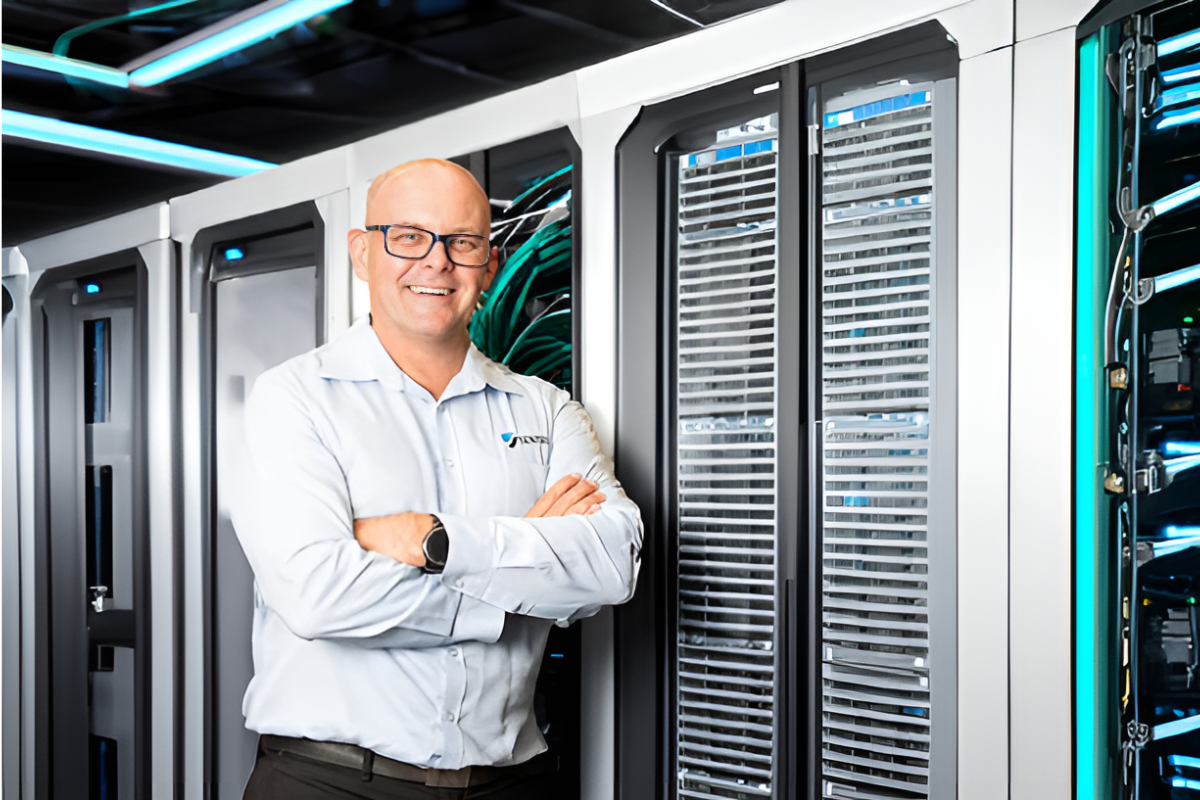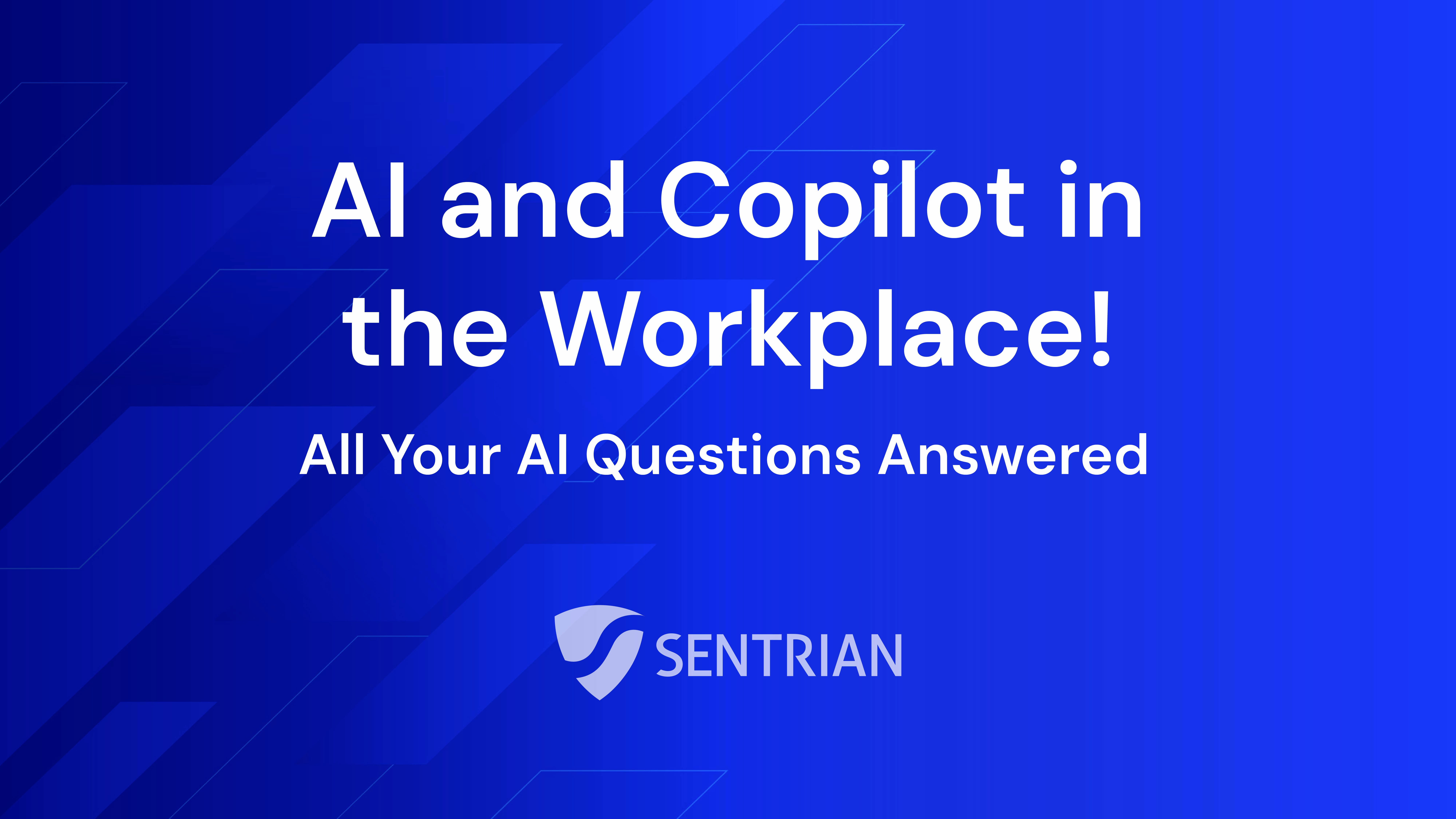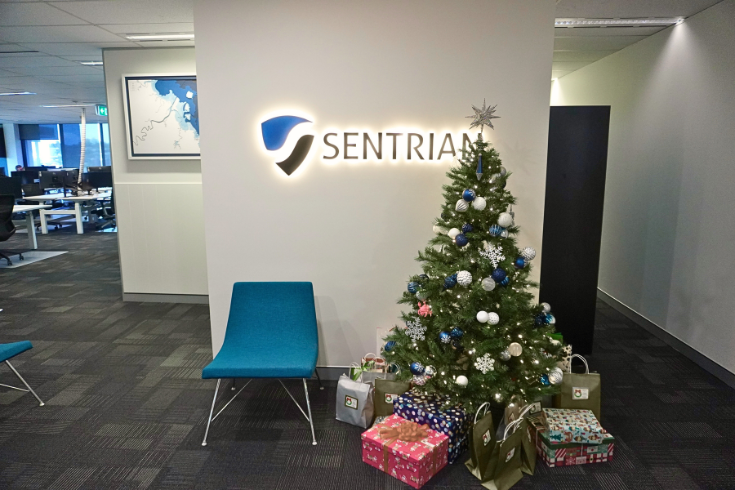Did you know you can now buy Phishing services on the Dark Web like its software? It's so popular it even has a name - PaaS.
And did you know pending laws in Australia are slated to give companies just 48 hours to officially report a breach to authorities. Not great if it happens on a Friday afternoon. Do you have a strong plan with redundancies so you know what to do in the event of a cybersecurity incident and who's responsible?
These are just some of the things you'll learn by watching this video with Phil, the Head of Cybersecurity at Sentrian. Phil answers all the questions he's commonly asked and answers them in plain language. But he also gives some fascinating insight into the current state of cybersecurity worldwide and practical advice on how businesses can protect themselves against threats.
Get a crash course in Cybersecurity - Watch this video
Cybersecurity Is Much More Than Anti-Malware
Cybersecurity is a broad field that encompasses much more than just installing antivirus software. Phil explains it involves a comprehensive approach that includes user education, logging and monitoring, application control, and more.
One of the most critical components of modern cybersecurity is the use of Security Information and Event Management (SIEM) systems. These systems collect and analyse data from various sources, such as firewall logs and user sign-ins, to detect unusual patterns and potential threats. With the advent of AI, these systems can now automate responses, such as locking accounts if suspicious activities are detected.
The Real Threats Are Human
The most common threats today include phishing, ransomware, and insider threats. Phishing, in particular, has evolved with the rise of "phishing as a service," where attackers can subscribe to platforms that offer various methods for targeting victims.
"It's pretty scary stuff," Phil notes, "when you think about how criminals have democratised phishing, making it accessible to anyone with malicious intent."
Another significant threat is the exploitation of vulnerabilities in software and systems. "The time between a vulnerability being discovered and it being exploited is getting shorter," Phil warns. This makes it crucial for businesses to keep their systems and software up-to-date.
Cybersecurity Solutions Should Include...
Cybersecurity services should have the following components if they are to address the full spectrum of threats businesses face.
- Threat Monitoring and Detection: Utilising SIEM (Security, Information and Event Management) systems and AI to monitor and analyse network activity in real-time.
- Incident Response: A dedicated team ready to respond to security incidents, providing containment and remediation.
- Employee Training and Awareness: Using a Learning Management System (LMS) to educate employees about cybersecurity risks and best practices. This includes phishing simulations to test and improve awareness.
- Data Protection and Backup: Ensuring that data is securely backed up in different geographical locations, protecting against data loss due to ransomware or other incidents.
- Identity and Access Management: Implementing strong password policies, multi-factor authentication, and role-based access control to safeguard sensitive information.
- Application Security and Vulnerability Management: Controlling which applications can run on a company's systems and ensuring all software is regularly updated.
Why Sentrian?
Unlike many vendors who only provide software monitoring and alert services, Sentrian specialises in an end-to-end service. Meaning we handle everything from detection and alerting to response and remediation. This is important because if your cybersecurity provider hasn't come from an IT background, they won't be able to help you contain or fix problems when they occur. Phil mentions how often he's witnessed cybersecurity and IT vendors point fingers at each other or not work quickly enough to mitigate damage during a security breach.
Take Action
We don't have high-pressure sales staff at Sentrian so if you're in the market for Cybersecurity you have a few options.
1 - Talk to an expert now - Call 1300 791 678 or Contact Us
2 - Self-assess your current security arrangement online







